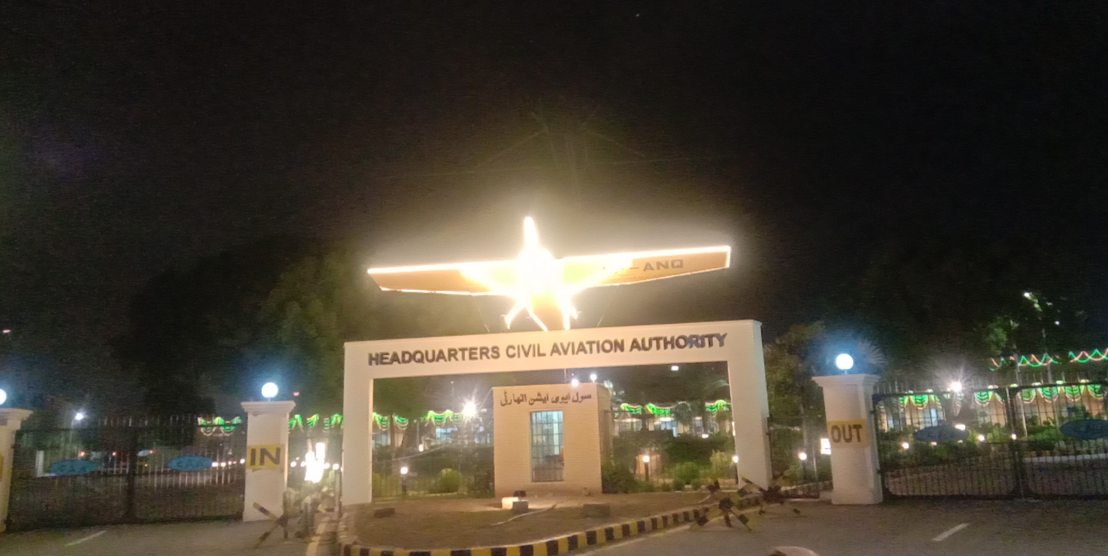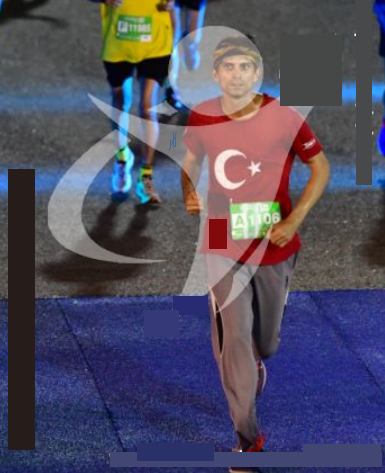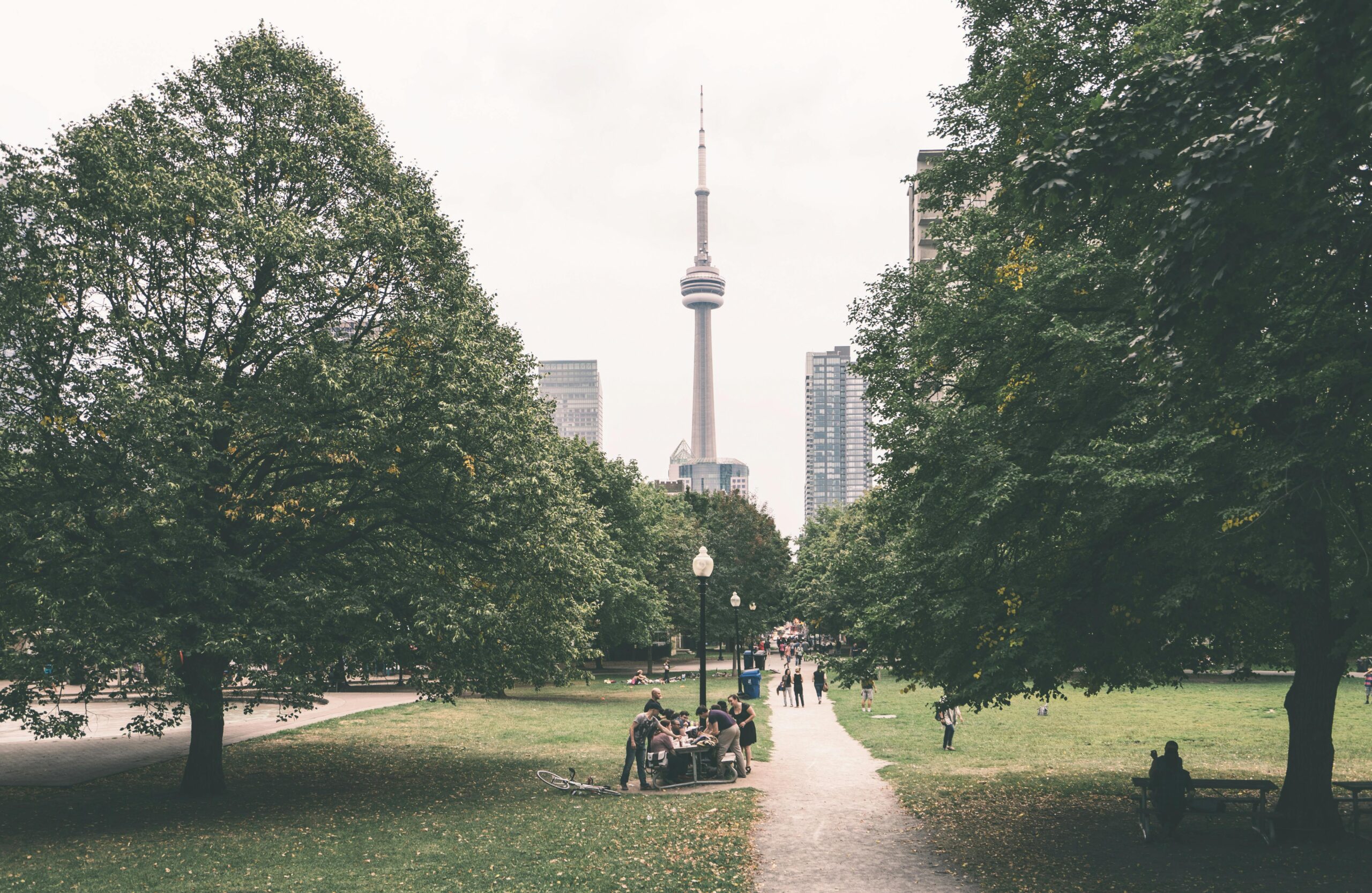Happy Independence Day: A Walk Through the Decorated Streets of Karachi with Sardar Durrani
Happy Independence Day !
Pakistan’s Independence Day, observed annually on August 14th, marks a momentous occasion in the nation’s history. This day commemorates the end of British colonial rule in 1947, leading to the establishment of the sovereign Islamic Republic of Pakistan. The national holiday is celebrated with great zeal and patriotism across the country, with citizens partaking in a myriad of activities, from flag hoisting ceremonies and fireworks displays to cultural performances and parades.
Among the cities known for their grand celebrations, Karachi stands out prominently. As Pakistan’s largest city and economic hub, Karachi’s streets come alive with vibrant decorations, lights, and national hues that pay homage to the country’s rich heritage and its enduring spirit of freedom. This year, the celebrations were given an added layer of excitement thanks to the active involvement of Sardar Durrani, a well-known athlete and public figure. Sardar has fostered a deep connection with the city and took the opportunity to immerse himself in Karachi’s festive environment during Independence Day.
This blog post aims to provide a detailed account of the festivities in Karachi, seen through the eyes of Sardar Durrani. As we walk through the city’s ornately decorated streets, we’ll capture the essence of the celebrations, and detail how various neighborhoods amplify the patriotic fervor of Independence Day. Join us as we explore Karachi’s exuberant atmosphere and witness how its residents uniquely express their national pride.“`
History of Pakistan’s Independence Day
August 14th marks a pivotal moment in the history of Pakistan, commemorating the day when the country achieved independence from British colonial rule in 1947. This significant milestone was the culmination of the arduous struggle for self-determination led by prominent figures such as Muhammad Ali Jinnah and the All-India Muslim League. The creation of Pakistan represented not only a geographical but also a spiritual homeland for millions of Muslims in the Indian subcontinent, embodying their aspirations for religious freedom and self-governance.
The historical journey to independence began long before 1947, with roots tracing back to the early 20th century. The Lahore Resolution of 1940 laid the groundwork for the demand for a separate state, envisioning an independent Muslim-majority nation. This vision materialized through tireless efforts, including negotiations, civil disobedience, and a series of political maneuvers that eventually led to the partition of British India. The independence of Pakistan was formally declared on the evening of August 14, 1947, a moment marked by jubilation and an outpouring of nationalist fervor.
The cultural and national significance of this day cannot be overstated. Independence Day serves as a moment of reflection, celebrating the resilience and unity of the Pakistani people. Over the years, the traditions surrounding Independence Day have evolved, yet the essence remains unchanged. The day is marked by patriotic ceremonies, including flag hoisting, parades, and cultural events. Historical monuments and streets are adorned with the national flag, and buildings illuminated with vibrant displays of green and white lights.
In the hearts of Pakistanis, August 14th is a day of pride and remembrance, a reflection of their collective past, and a tribute to the sacrifices made by their forebearers. It is a day that reinforces their national identity and renews their commitment to the ideals of independence for future generations.“`html
Preparation for the Independence Day Celebrations
The anticipation for Independence Day in Karachi begins several weeks before the actual date, and the entire city transitions into a vibrant celebration of national pride. The streets are adorned with countless flags, their vibrant green and white colors fluttering in the breeze. Public buildings, private homes, and even the smallest shops participate in this visual symphony of patriotism. Strings of twinkling lights drape across façades, illuminating the night with a warm, festive glow. Large banners and posters depicting national heroes and historical moments remind the citizens of their shared history.
The preparation efforts represent a collective endeavor encompassing individuals and communities from all walks of life. Each neighborhood demonstrates its unique creativity through elaborate decorations, from intricate paper decorations to vibrant pennant strings. Public spaces are not left behind; monuments and landmarks are often highlighted with special displays, further elevating the patriotic fervor. The atmosphere in the city during these weeks is electric, infused with a palpable sense of unity and national pride.
This period of preparation is also characterized by numerous community-driven activities. Residents of Karachi come together to organize cleanliness drives, aiming to present a pristine image of their beloved city. Many volunteer to help with decorations, ensuring their localities don the best and most patriotic displays. Social media buzzes with updates and images, as people share their contributions and collaborative efforts, fostering a sense of camaraderie.
The preparation for Independence Day in Karachi underscores a powerful sense of belonging and national unity. It is a time when citizens, regardless of age, background, or profession, come together with a shared mission. As the day approaches, the city stands transformed, not just visually but in spirit, reflecting the shared values and hopes for a prosperous future.“`
Karachi: A City Transformed
Karachi, Pakistan’s most populous city, undergoes a profound transformation in the lead-up to Independence Day. This metropolis, known for its bustling commerce and diverse populace, takes on a new persona marked by an outpouring of patriotic fervor. The city’s skyline, normally a blend of modern skyscrapers and historical architecture, is imbued with the colors of the national flag. Every year, as August 14th approaches, virtually every street, market, and residential area dons a vibrant and festive look, reflecting the collective joy and pride of its citizens.
Muslimabad, a central district of Karachi, is a paramount example of this transformation. Streets are adorned with strings of green and white lights, while buildings and landmarks become canvases for elaborate mural art depicting scenes from the country’s rich history. Temporary stalls pepper the sidewalks, selling flags, badges, and other patriotic memorabilia. The neighborhoods of Bahadurabad and Nazimabad are particularly known for their enthusiastic participation. Each year, residents organize competitions for the best-decorated streets, pushing the boundaries of creativity to new heights.
Besides the aesthetic embellishments, Karachi hosts an array of events that further galvanize the community. Public squares and parks, such as Clifton Beach and Frere Hall, stage concerts, poetry recitals, and theatrical performances. These events honor the nation’s cultural heritage and celebrate its diverse talent. Though contemporary in its hustle and bustle, Karachi’s transformation for Independence Day is a nod to its historical roots and future aspirations. It showcases the city’s ability to unite in celebration, transcending social and economic barriers.
The spirit of unity and patriotism is palpable across Karachi, as every nook and cranny of the city contributes to this collective celebration. Community groups, local businesses, and individual residents all play integral roles in this metamorphosis, making Karachi a living, breathing tableau of national pride. From dawn till dusk, Karachi truly comes alive, embodying the essence of independence and the shared dream of a prosperous, harmonious Pakistan.
Sardar Durrani: The Athlete’s Journey Through Karachi
Sardar Durrani, a distinguished athlete known for his prowess on the field, embarks on a unique journey this Independence Day. With a background rooted in sportsmanship and discipline, Durrani is no stranger to the spirit of unity and dedication which Independence Day encapsulates. Born and raised in Pakistan, he has always held a deep appreciation for his country’s rich history and vibrant culture. This year, Durrani decided to channel his patriotism into a meaningful exploration, spotlighting the festive atmosphere and decorated streets of Karachi.
As an athlete, Durrani’s life is often characterized by regimented training schedules and competitive spirit. However, his journey through Karachi during Independence Day presents a more relaxed and reflective side of him. Walking through the city, he felt an overwhelming sense of pride and belonging. The streets of Karachi transform into a tapestry of national pride, adorned with flags, lights, and decorations. For Durrani, this festive transformation becomes a new field to explore, one that’s brimming with stories and history.
His perspective is both immersive and insightful. Documenting the decorated buildings and lively streets, Durrani hoped to capture the essence of community that Independence Day fosters. Each building, every alleyway, reflects the love and dedication of the residents who go to great lengths to celebrate this significant day. From children waving flags to elders reminiscing about the past, every moment Durrani captures tells a unique story of resilience and pride.
What motivated Durrani to document his journey was a desire to highlight the unity and solidarity that Independence Day brings to Karachi. As an athlete, he understands the importance of working together towards a common goal, a value that resonates deeply with the spirit of Independence Day. By sharing his journey, Durrani aims to inspire others to appreciate and contribute to the rich tapestry of Pakistani culture, encouraging an appreciation for the freedoms and unity that the day symbolizes.
Most Decorated Buildings in Karachi
During Sardar Durrani’s walk through the streets of Karachi on Independence Day, several buildings stood out due to their intricate and vibrant decorations. One of the most notable landmarks was the Quaid-e-Azam House, also known as Flagstaff House. Adorned with thousands of glowing lights, the building’s facade was a stunning spectacle. This historic residence of Pakistan’s founding father, Muhammad Ali Jinnah, was transformed into a beacon of national pride, symbolizing unity and the enduring spirit of the nation.
The Pakistan National Museum also featured prominently among the decorated edifices. Draped in green and white lights, it showcased a blend of cultural celebration and historical homage. Visitors were particularly drawn to the animated light displays that narrated the story of Pakistan’s struggle for independence. Locals shared stories of how visiting the museum on Independence Day has become a cherished tradition, as the decorations invoke a deep sense of patriotism and reflection.
Mohatta Palace, a magnificent structure built in the early 20th century, was another highlight. The decorators created a breathtaking view by using illuminated patterns that accentuated the palace’s architectural grandeur. Walking past Mohatta Palace, Sardar Durrani noted the fusion of historical beauty with modern celebratory flair, a sentiment echoed by many passersby who expressed awe and admiration for the displayed artistry.
Frere Hall, Karachi’s historic civic center, was equally impressive with its elaborate decor. The building’s Victorian-Gothic architecture was highlighted with bright, colorful lights, and festive banners waved gently in the breeze. Sardar Durrani commented on how the decor brought out the Hall’s intricate designs and blended the youthfulness of the celebration with the old-world charm of the structure. Residents remarked that the decor of Frere Hall felt like a visual representation of the city’s mix of tradition and progress.
Furthermore, Clifton’s Abdullah Shah Ghazi Mausoleum shone brightly against the night sky with its extensive decorations. The lighting created a serene yet celebratory ambiance, merging religious reverence with national festivities. The mausoleum’s significance as a spiritual landmark was well complemented by the elegant display, drawing visitors who were there to offer prayers as well as partake in the celebration.
The impressions and anecdotes from locals, along with Sardar Durrani’s observations, highlighted the extraordinary effort put into decorating these buildings. They collectively painted a picture of a city that not only respects its historical and cultural legacy but also celebrates its independence with unparalleled enthusiasm and pride.
Public Enthusiasm and Festivities
On Independence Day, Karachi transforms into a vibrant spectacle of national pride and joy. Streets, parks, and public squares come alive with an array of parades, fireworks, cultural performances, and gatherings that capture the spirit of the day. Sardar Durrani, a prominent figure and a deeply-rooted resident of Karachi, often emphasizes how this day unites people from all walks of life.
From the crack of dawn, families flock to parade routes, eagerly awaiting the procession of floats adorned with green and white decorations. Military bands march rhythmically, followed by schoolchildren in traditional attire, showcasing the rich cultural diversity of Pakistan. Durrani, in his interactions with the crowd, often highlights the inclusive nature of these events. “Independence Day is a testament to our unity,” he states. “Seeing everyone, irrespective of age or social standing, come together fills me with immense pride.”
As the day progresses, the skies of Karachi become illuminated with fireworks that light up the night in dazzling displays of color. These pyrotechnics are a visual representation of the exuberance felt by the public. Community centers host cultural performances, including traditional dances and music that echo the heritage and resilience of the nation. Durrani finds particular joy in these expressions of artistic talent, often noting, “Our cultural heritage is the heart and soul of our nation.”
Public gatherings further enhance the communal atmosphere. Street vendors offer festive treats like jalebi and samosas, creating an environment where the scents and flavors of traditional delicacies blend with the merriment of the occasion. People engage in heartfelt conversations, sharing stories of past Independence Day celebrations and the importance of freedom.
Sardar Durrani’s interactions with the locals underline the shared enthusiasm. When asked about the significance of such public celebrations, he remarked, “Every year, I see the same passion, the same fire in our hearts. Independence Day is more than just a public holiday; it’s a reaffirmation of our collective identity and our resolve to move forward together as a nation.”
Conclusion: The Unity and Pride of a Nation
As we reflect upon the Independence Day celebrations observed by Sardar Durrani in the vibrant streets of Karachi, it becomes evident that the occasion is much more than just a national holiday. The city transforms into a bustling spectacle of lights, flags, and decorations, each element adding to the fabric of national pride and unity. Families, friends, and neighbors come together, transcending socio-economic divides, to celebrate a shared heritage. The jubilant parades, the youth adorned in green and white, and the melodious patriotic songs collectively embody the spirit of independence.
Sardar Durrani’s journey through Karachi on this significant day encapsulates the essence of what it means to be Pakistani. The fervor of the people, the pride in the national flag, and the respectful remembrance of those who sacrificed for freedom serve as powerful reminders of the country’s resilient past and hopeful future. From the bustling streets of Saddar to the historic landmarks bathed in patriotic colors, every corner of Karachi tells a story of bravery, unity, and a relentless quest for sovereignty.
Such celebrations are crucial in fostering a sense of national identity and unity. They are an annual reaffirmation of the common values and aspirations that bind the people of Pakistan together. As Sardar Durrani observed, the energy and enthusiasm of the citizens are not merely indicative of festivity but are a reflection of a deep-seated pride and a collective commitment to the nation’s progress.
In conclusion, Independence Day in Karachi, as seen through the eyes of Sardar Durrani, is a profound testament to the unity and pride that define the Pakistani spirit. It is a time for reflection on the past, a celebration of the present, and an optimistic look towards the future. As the nation moves forward, these celebrations continue to inspire hope, resilience, and a steadfast belief in the enduring spirit of independence.



